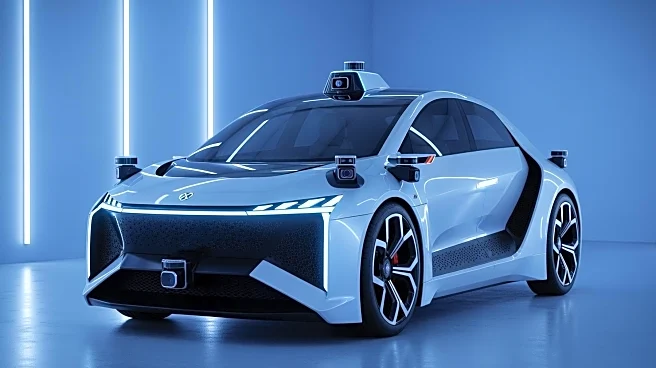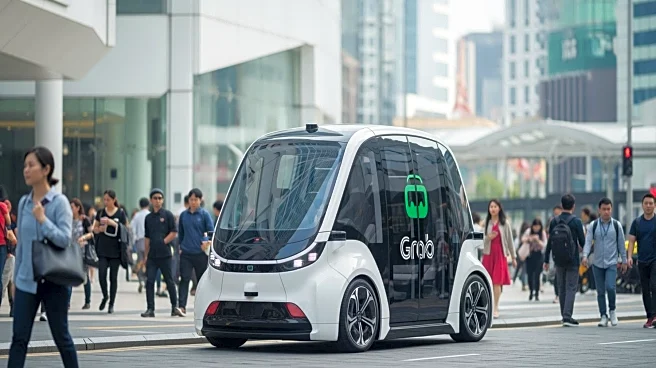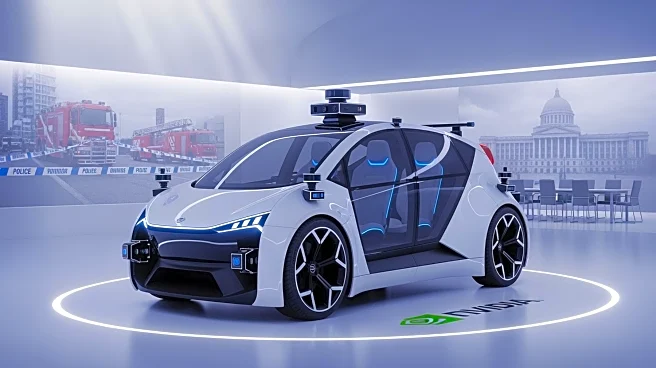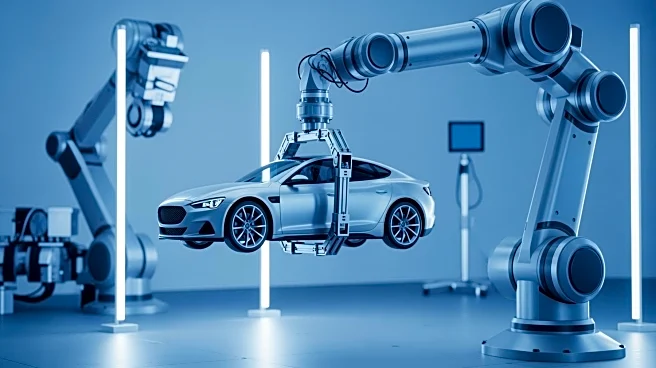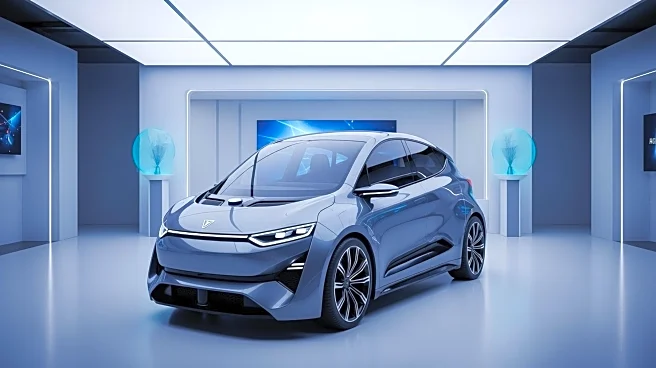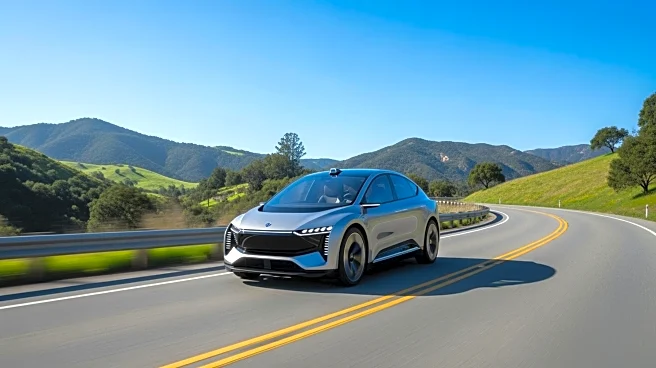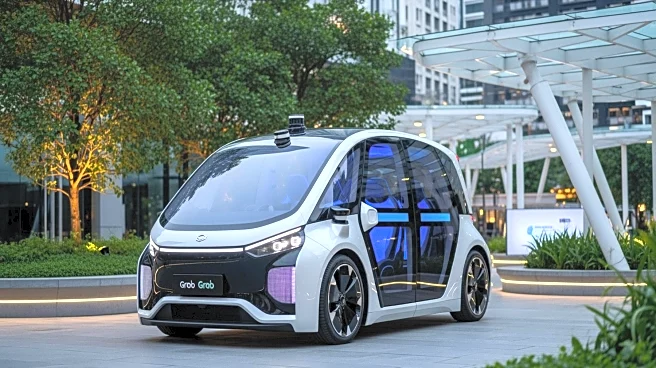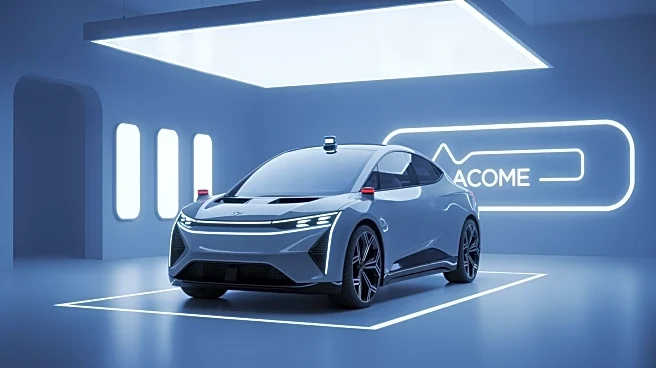What's Happening?
NVIDIA, a leading technology company, has announced its plans to enter the robotaxi market by developing its own autonomous vehicles. The company has been involved in the robotaxi industry for years, providing hardware to various automakers. NVIDIA's
new project builds on its DRIVE AGX Thor system, utilizing a continuous neural network for core operations. The initiative was reportedly announced at an all-hands company meeting, with Ruchi Bhargava leading the project. NVIDIA CEO Jensen Huang believes robotaxis represent a trillion-dollar industry and sees this as a major commercial application of robotics. The company plans to invest $3 billion into the project and launch vehicles in U.S. cities.
Why It's Important?
NVIDIA's entry into the robotaxi market signifies a major shift in the autonomous vehicle industry, potentially increasing competition and innovation. As NVIDIA is already a key technology partner for several automakers, its move to produce its own robotaxis could disrupt existing partnerships and market dynamics. The investment highlights the growing importance of autonomous vehicles in the transportation sector, with potential impacts on urban mobility, traffic management, and environmental sustainability. Stakeholders in the automotive and tech industries may need to adapt to NVIDIA's expanded role, which could influence market strategies and technological advancements.
What's Next?
NVIDIA's robotaxi project is expected to progress with significant investment and development efforts. The company plans to launch its autonomous vehicles in U.S. cities, which may prompt reactions from existing robotaxi operators and automakers. Regulatory considerations and public acceptance will be crucial as NVIDIA navigates the complexities of deploying autonomous vehicles. The project could lead to collaborations or competition with other tech and automotive companies, influencing the future landscape of urban transportation.
Beyond the Headlines
NVIDIA's venture into robotaxi production raises questions about the ethical and legal implications of autonomous vehicles. Issues such as data privacy, safety standards, and liability in case of accidents will need to be addressed. The development also highlights the cultural shift towards automation and robotics, potentially affecting employment in traditional driving roles. Long-term, NVIDIA's success in this area could accelerate the adoption of autonomous vehicles, reshaping transportation infrastructure and urban planning.
